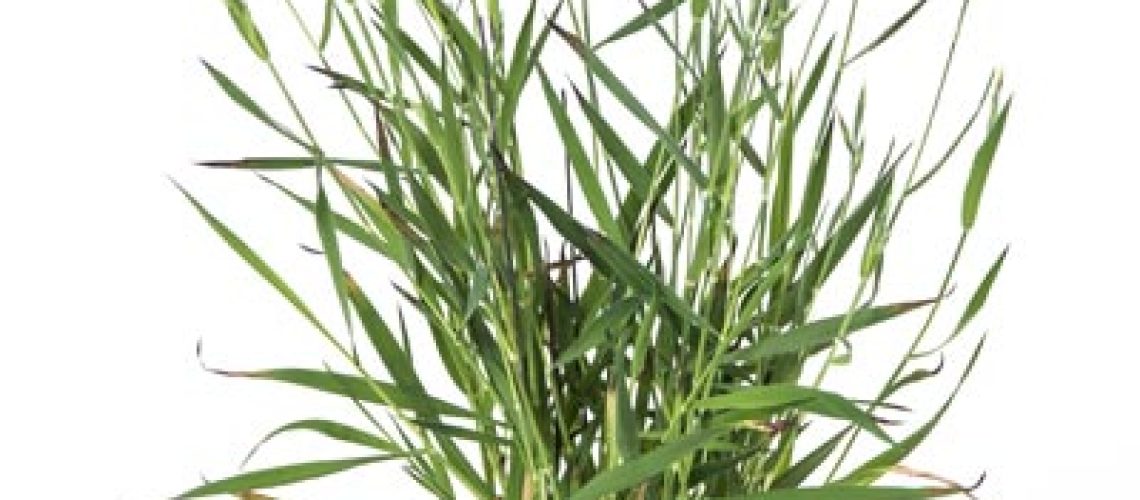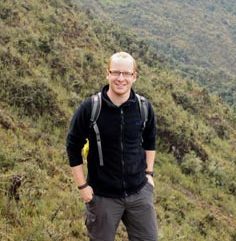

Jan Bettgenhaeuser
2016 MECEA PhD winners Blog entry
Brachypodium distachyon – “the cute grass”
- 2016 MECEA PhD winners Blog entry
- | Part of MECEA
When you work with someone for four years, inevitably you get to know them extremely well a lot better than you ever imagined in some cases. When doing a PhD or other research project in plant biology, funny enough, we also get to know our plants very well. I saw Brachypodium distachyon for the first time when I interviewed for my PhD and to me then, it was just another small grass. Four years on, I would almost say that different “Brachy” lines have their own personalities (and those who know me will confirm that I don’t normally lean towards esoteric statements such as these). Having worked with B. distachyon over the last four years, I would like to share some of my thoughts on working with a relatively new model system.
As not many people currently work on Brachypodium, the community is rather small, which is also reflected in the Brachypodium conferences. When I started my PhD I had the chance to attend the first Brachypodium conference in Modena, Italy, in 2013. This was great for me, as there was a big focus on developing techniques and resources at the time. However, this focus has been shifting over the past years and it was interesting to see a transition from resource development to both fundamental and applied research at the second Brachypodium conference last summer.
Just before I started my PhD, what was initially thought of as B. distachyon lines with different ploidy levels had been recognised as three different Brachypodium species: the diploid B. distachyon (2N = 10), the diploid B. stacei (2N = 20), and B. hybridum (2N = 30), the allotetraploid hybrid between the two diploids (Cataln et al., Annals of Botany, 2012). B. distachyon was first proposed as a model system for its larger (both in physical and genomic size) domesticated relatives, such as wheat and barley, in 2001 (Draper et al., Plant Physiology, 2001) and over the past 15 years a range of genetic and genomic resources have been developed. On the Norwich Research Park, I constantly meet people working on wheat and barley and I have come to appreciate Brachypodium with its small, sequenced genome.
The focus of my PhD has been on the interaction between plants and non-adapted pathogens, in particular the interaction between B. distachyon and yellow rust. Several collections have captured the natural diversity found among B. distachyon lines from around the Mediterranean and my goal was to initiate a map-based cloning approach to find resistance genes against yellow rust. However, this approach highlights the major obstacle with Brachypodium as a model species in my opinion: it’s very difficult to cross! One issue, which will be solved with time, is related to the species complex. A lot of the Brachypodium collections consist of lines with different ploidy levels which have not always been properly separated yet and which further compounded crossing problems. As I discovered first hand: it�s not very efficient to cross a diploid with an allotetraploid! Further, even if the B. distachyon crosses did work, this seemed to be the exception, rather than the rule.
Although Brachypodium did not feature very prominently in the last MonoGram meeting, I fully agree with Syabira Yusoff from the University of Leicester, who called Brachypodium “the cute grass’. And despite my complaints about crossing Brachypodium, it was thrilling how quickly things started moving forward once I had my crosses generated. I will be testing transgenics with my candidate genes later this year!
References
